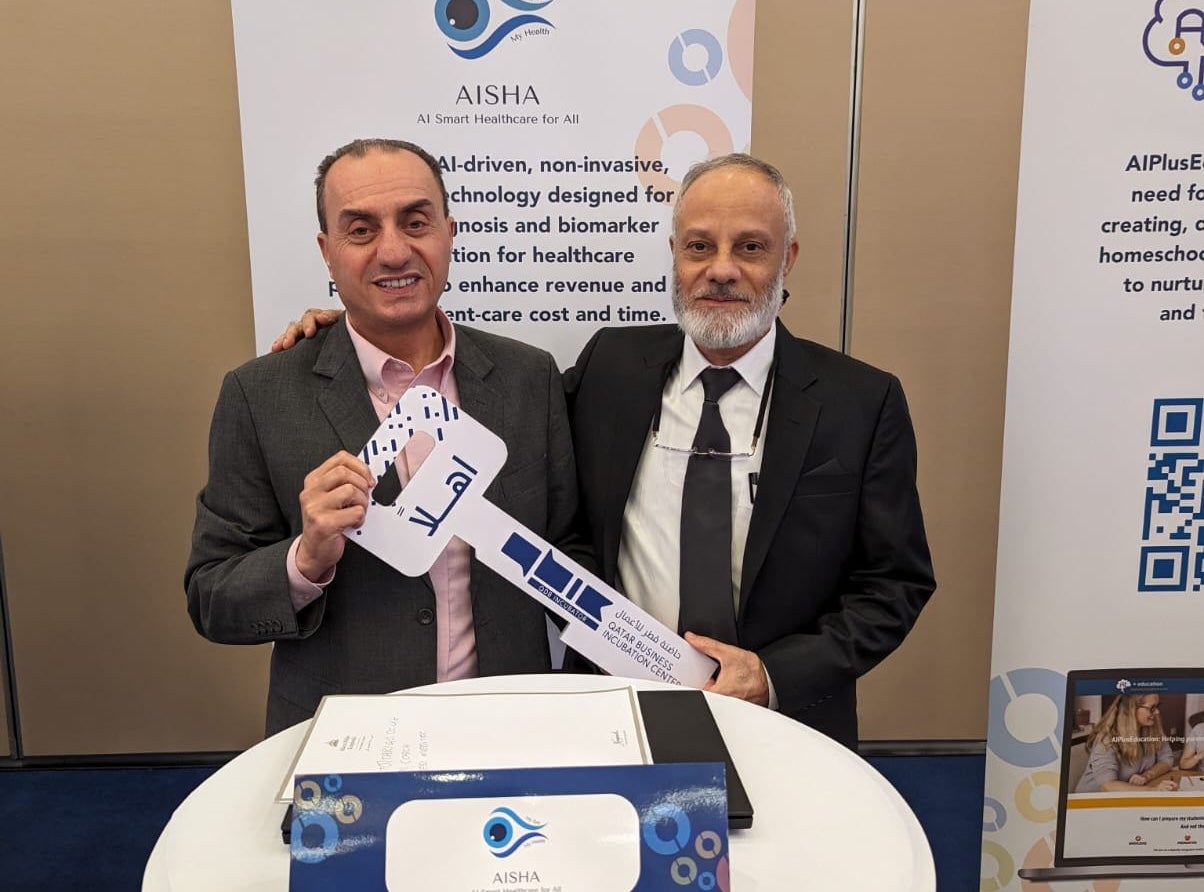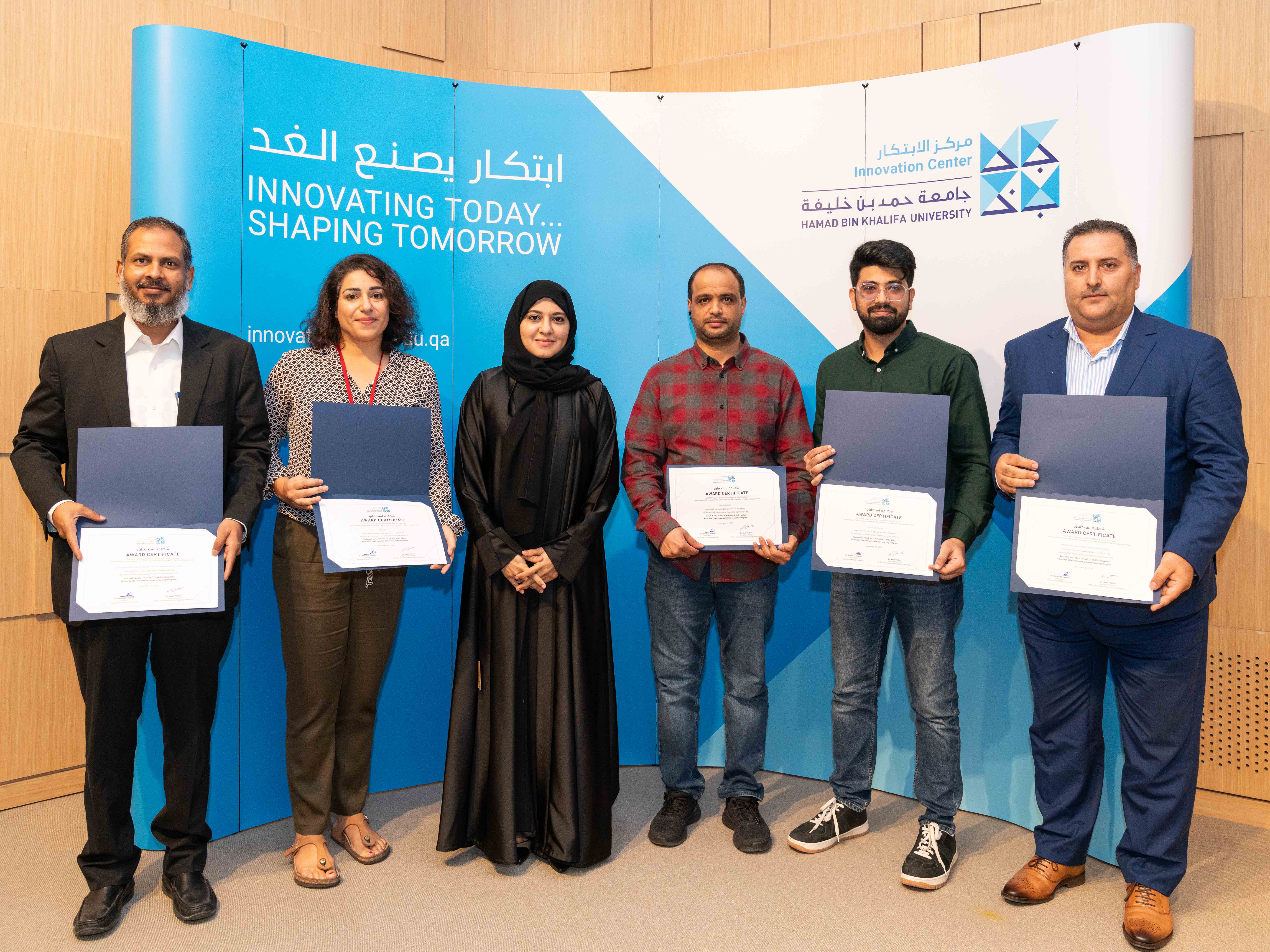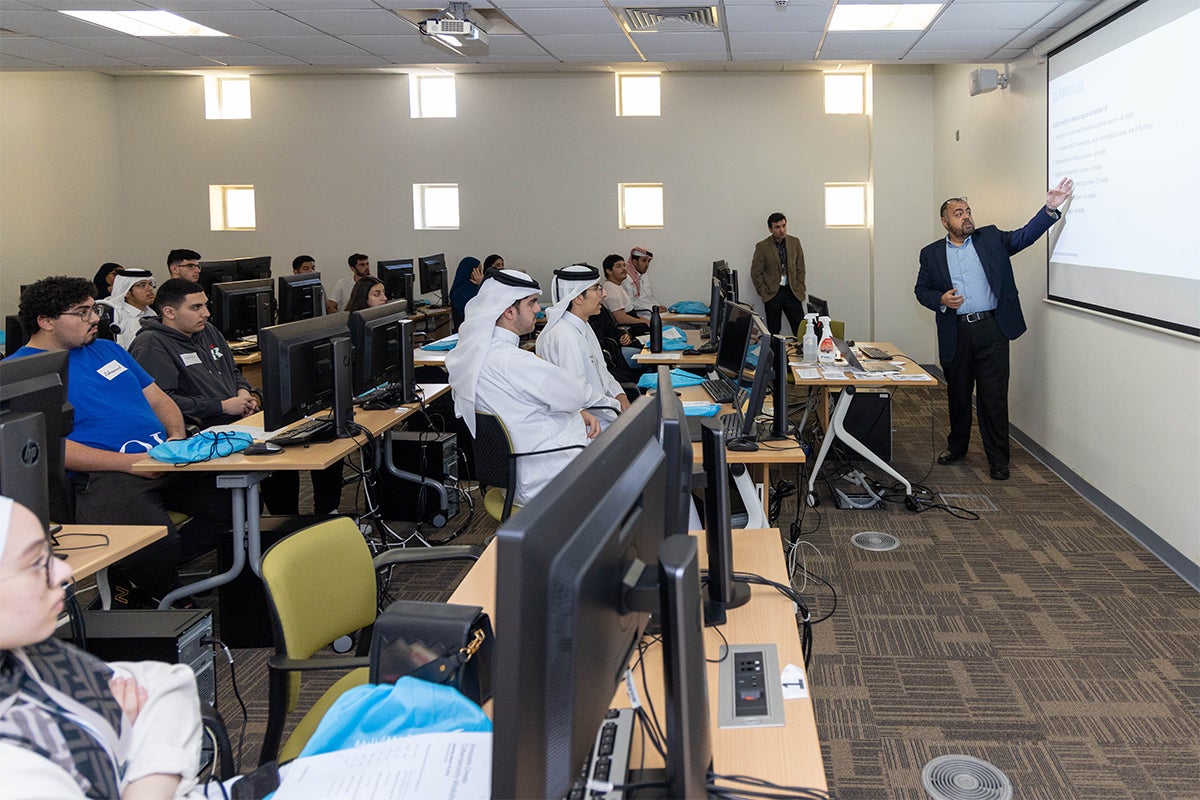In this interview, Dr. David Yang, Associate Professor at CSE, discusses the prospects of conversational artificial intelligence and its industry-wide applications.

What is conversational AI, and what is its role in understanding and responding to human language?
Conversational AI is a type of AI that allows computers and devices to understand and respond to human language. This type of AI is used in chatbots, digital assistants, and other applications that rely on natural language processing.
The above paragraph is an example of an answer-generated response using OpenAI text completion Application Programming Interface (API), which is powered by an AI model for natural language processing (NLP). Note that the generated text did not exist beforehand (which can be verified by using the search function on Google). The AI algorithm indeed understands the question and then creates its own answer which is fluent, concise, and to the point.
How does natural language understanding (NLU) happen? Which technologies or algorithms support NLU?
We do not exactly know how natural language understanding happens. What we do know is how to build an AI system for this purpose. Typically, this is done using a large-scale Transformer, which is a deep learning model trained with a large corpus of text obtained from the internet.
As of August 2022, the Transformer architecture is well understood, and there is an abundant amount of text on the internet that can be used for model training. So, with sufficient computing resources, anyone can build an NLU model. However, we still do not have a good theoretical understanding on how the AI understands natural language.
What are some recently used examples of NLUs? In what industries can they be most applied?
A few examples include:
- Many people regularly use Apple Siri (or Amazon Echo/Google Home)
- We often write emails with the help of text autocomplete which is available in Outlook and Gmail
- Many websites deploy chatbots to answer users' questions in a customer service setting
Are there any applications of such technologies in Qatar?
A typical example of widely used technology in Qatar is the chatbot, which has an AI capability provided by major cloud-computing platforms such as Google Cloud and IBM Watson. Besides, machine translation between Arabic and English also presents a common use of NLP.
What is the role of data - structured or unstructured - in enabling NLU?
Data is essential for training any AI model. For NLU, unstructured data can be used to train a generic model, a process sometimes called "pre-training". Then, structured data can be used to train a task-specific model, a process called "fine-tuning". For example, we can pre-train a model for the Arabic language understanding using unstructured data obtained from the internet, and then fine-tune the model to interact with users in a chatbot for a specific domain such as telecom customer service, using structured data from this domain.
Another important point is artificial intelligence ethics. For example, a chatbot trained on unregulated internet forums tends to respond with offensive language such as profanity and racial slurs. To avoid this, the training data need to be "sanitized" by removing such offensive language samples.
In what ways can different languages or accents present challenges to NLU?
With a modern AI model architecture and sufficient data, the AI model eventually learns the language. The perceived difficulty of the language or accents are actually not the main challenge -- the main challenge is that for some less popular languages, we do not have a large amount of data publicly available on the internet.
What type of research is HBKU-CSE conducting in this area?
Our research aims at designing and developing practical tools with clear value to the local industry. For instance, we have recently completed a QNRF-funded research project, in collaboration with Ooredoo, on detecting fraudulent text messages with strong privacy protection.
This project, funded by QNRF under the National Priority Research Program (NPRP) program Cycle 10, aims to design and develop privacy-preserving data analytics solutions on telecommunication data, with a focus on detecting fraudulent messages, protecting customers, and improving customer experience in general. Among the outcomes of this project are novel NLP techniques based on the Transformer architecture, which are necessary for parsing and classifying text messages, and graph analytics tools that analyze the relationships between customers, in order to identify vulnerable customers who tend to become victims of fraud.
This project led to two prestigious academic awards - first place in the NLP4IF competition at the EMNLP 2019 conference (one of the top conferences in NLP), and Best Paper Award in the VLDB 2021 conference (one of the top conferences in big data management).
Related News










